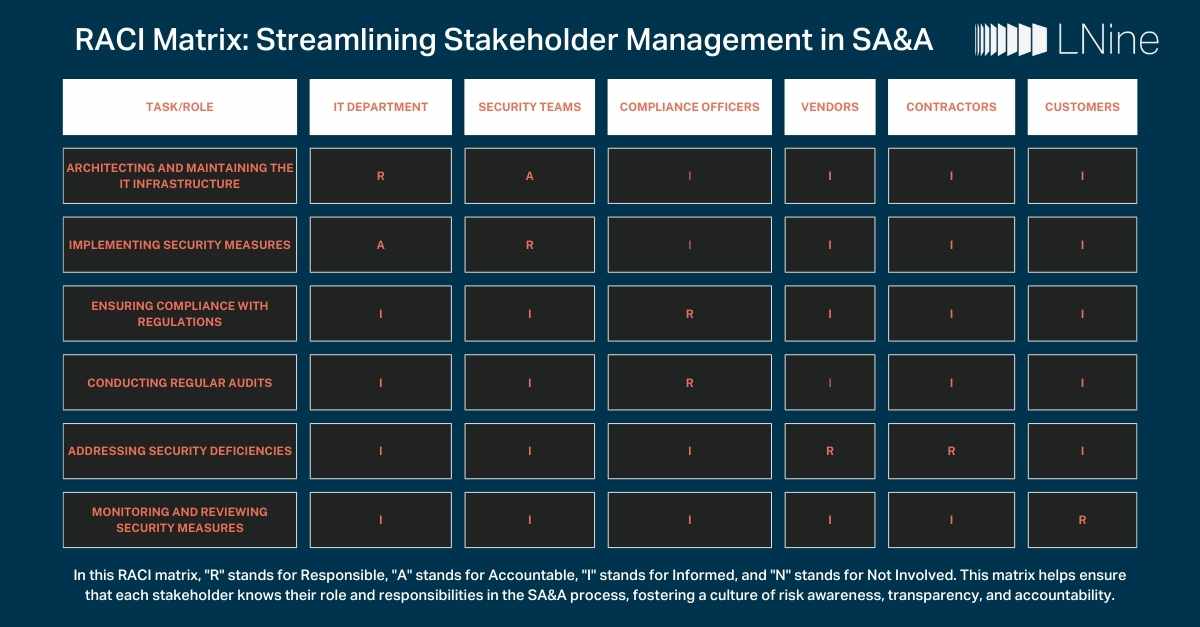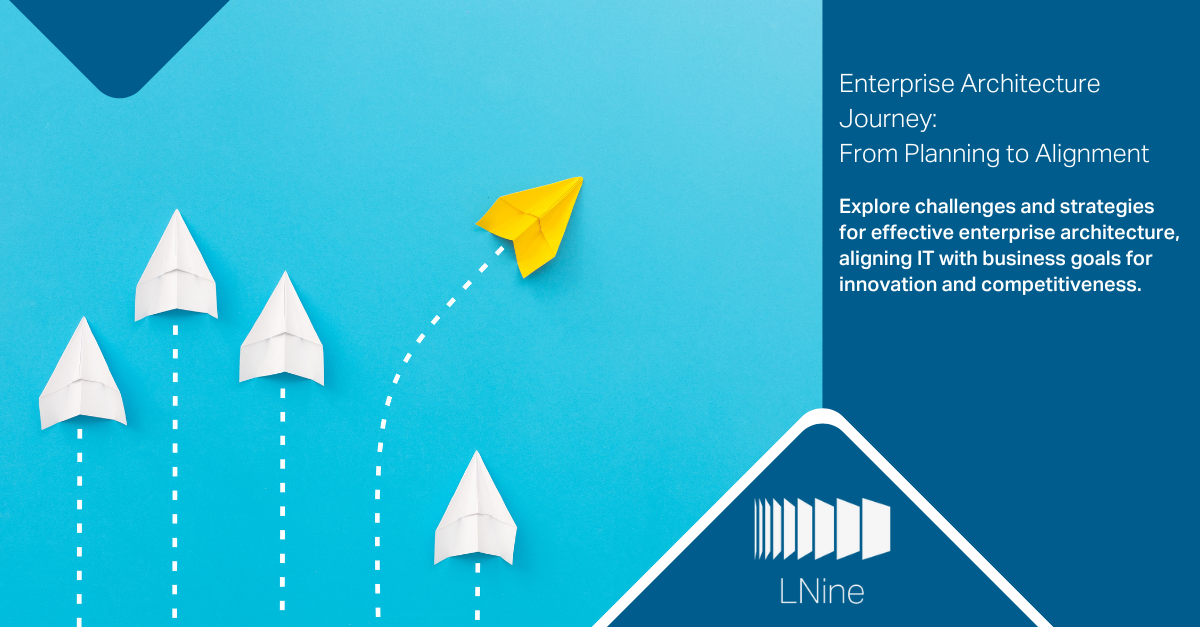In today's digital landscape, innovation isn't just a buzzword—it's the driving force behind competitive advantage. Application modernization has emerged as a key player in this arena, serving as a catalyst for digital transformation. It enables businesses to harness emerging technologies and respond swiftly to market changes, keeping them ahead of the curve.
The importance of modernization in digital strategy can't be overstated. Forrester Research found that 65% of organizations view application modernization as a critical component of their digital strategy. This statistic underscores the pivotal role modernization plays in shaping the future of businesses across industries.
Modernization: The Backbone of Digital Transformation
Modernized applications are built for the digital age—agile, scalable, and resilient. These characteristics make them ideal platforms for integrating cutting-edge technologies like artificial intelligence (AI), machine learning (ML), and the Internet of Things (IoT). These technologies are not just nice-to-haves; they're essential tools for innovation and process improvement in the digital transformation journey.
Consider the case of a leading logistics company that embraced modernization to enhance its digital capabilities. By adopting cloud-native architectures and integrating AI and IoT technologies, the company revolutionized its operations. The results were impressive:
- Improved supply chain efficiency
- Enhanced customer satisfaction
- Real-time tracking capabilities
- Predictive analytics for better resource allocation
These improvements set a new standard in the industry, demonstrating the transformative power of modernization-driven innovation.
Driving Innovation Through Modernization: A Roadmap
To harness the full potential of modernization for innovation, consider the following steps:
- Adopt Cloud-Native Technologies: Embrace containers, microservices, and serverless computing. These technologies provide the flexibility and scalability needed to rapidly deploy and integrate new features, keeping your business agile and responsive.
- Leverage AI and ML: Integrate AI and ML capabilities to automate processes, gain deep insights from data, and enhance decision-making. For example, AI-driven chatbots can revolutionize customer service, while ML algorithms can optimize inventory management, reducing costs and improving efficiency.
- Implement IoT Solutions: Harness the power of IoT devices to collect real-time data and improve operational efficiency. In manufacturing, for instance, IoT sensors can monitor equipment health and predict maintenance needs, significantly reducing downtime and costs.
- Foster a Culture of Innovation: Technology alone isn't enough. Encourage a culture that values experimentation and continuous improvement. Provide training and resources for employees to develop new skills and embrace innovative technologies. This cultural shift is often the secret ingredient that turns modernization efforts into true innovation engines.
The Payoff: Benefits of Modernization-Driven Innovation
The benefits of embracing modernization as a driver of innovation are far-reaching:
- Enhanced Agility: Modernized applications enable rapid response to market changes and customer demands. In today's fast-paced business environment, this agility is crucial for maintaining a competitive edge.
- Improved Customer Experience: Innovative solutions such as personalized recommendations and proactive support can significantly enhance the customer experience. This leads to increased loyalty and, ultimately, revenue growth.
- Operational Efficiency: Automation and real-time analytics streamline operations, reducing costs and improving efficiency. This efficiency is essential for scaling business operations and staying competitive in a global marketplace.
Navigating the Challenges
Of course, driving innovation through modernization isn't without its hurdles. High upfront costs and resistance to change are common barriers. To overcome these challenges:
- Secure Executive Support: Gain buy-in from the top by clearly articulating the business benefits and ROI of modernization initiatives. Use concrete examples and case studies to make your case.
- Start Small, Think Big: Begin with pilot projects to demonstrate success and build momentum. Use these early wins to gradually scale up your efforts, applying lessons learned along the way.
- Invest in Your Team: Provide ongoing training and development to equip your employees with the skills needed for digital transformation. Remember, your people are your greatest asset in this journey.
The Road Ahead
Application modernization is more than just a technical upgrade—it's a catalyst for digital transformation, enabling organizations to leverage emerging technologies and drive innovation. By adopting cloud-native architectures, integrating AI and IoT solutions, and fostering a culture of continuous improvement, businesses can stay ahead in a rapidly evolving market.
While challenges exist, the benefits of modernization-driven innovation make it a strategic priority for forward-thinking enterprises. As we move further into the digital age, those who embrace modernization will be best positioned to innovate, adapt, and thrive in an increasingly competitive landscape.
The question isn't whether you can afford to modernize—it's whether you can afford not to.




